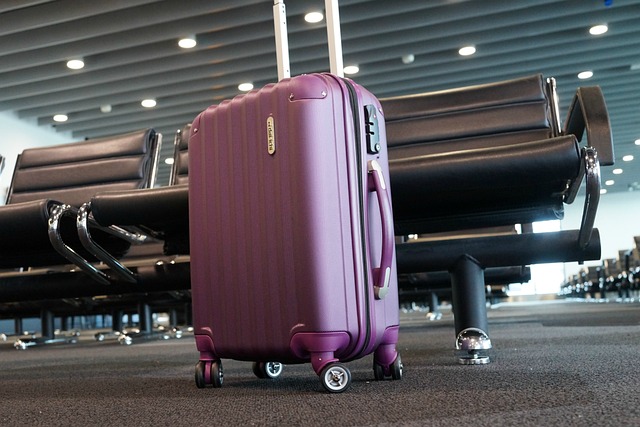By A. Altieri D’Angelo
Yes and no.
There are two types of polls: national and statewide surveys. National surveys attempt to predict the approval ratings of presidential candidates seeking election. However, national polls do not automatically predict who will be President of the United States. Only statewide opinion polls can hope to foretell the likely winner, but such surveys are not as reliable as national polls.
The national polls predicted, correctly, that Hillary Clinton would win 2016 popular ballot. But she lost the Electoral College vote, and it is the College that elects the President. The 2016 statewide polls failed to predict Donald Trump’s College victory. His election success has led to extensive analysis of statewide polling methods. The conclusions reached by the reviewers are summarized below.
However, before we can review the shortcomings of the 2016 polling processes, we should discuss Trump’s continuing effort to undermine confidence in opinion polls. The President and his supporters are attacking unfavorable poll results in an unprecedented manner. The recent release of a CNN/SSRS poll is the latest example of Trump’s failing attempt at undermining the surveys.
On June 8, 2020, CNN released a CNN/SSRS poll showing Biden had a 14 point lead over Trump. Trump claimed it was fake news and threatened legal action. Trump’s supporters demanded that CNN apologize for the poll and withdraw it. CNN rejected the Trump campaign demands in their entirety. But Trump was then put on the defensive when, on June 24, 2020, the New York Times released its NYT/Sienna College of registered voters showing that Joe Biden also had a 14 point lead over Donald Trump. Since then other significant polls reflected similar results: NPR/Marist (B-52%_T-44%), Quinnipiac University (B-49%_T-41%), IPSOS/Reuters (B-47%_T37%), and Fox News (B-50%_T-38%). Trump’s claims are falling on deaf ears. National polls can still be trusted.
As noted, polling in the battleground states, failed to predict a Trump victory. This failure was caused by undercounting white non-college-educated respondents in the poll. The largest segment of this group lived in the rural Midwest and Rustbelt (referred to herein as Rural America). This group represented approximately 17% of the U.S. voting bloc in 2016. Pollsters decided that attempting to do a poll that appropriately included Rural America was too costly, time-consuming, and would add little value. The view, at the time, was that Rural America would not be a deciding factor in the election. But they were wrong. Trump won three times the number of votes as Clinton. If Trump had beaten Clinton by two votes to one, Clinton would be President today. The pollsters made a great mistake in dismissing the voting power of this group.
Unfortunately, it will not be easy to fix the problem. Many state polls do not ask questions about the education of the respondents. There is no reliable database with that information. State polls must do a much better job of including Rural Americans in their surveys. It, however, is not clear that such an effort is underway.
Statewide polls also failed to estimate voter turnout accurately. Determining voter turnout is extremely difficult in any election. 2020 will not be any different; it could be worse. Emotions are running high in the U.S. People, who were apathetic about voting, may come out and vote. Only time will tell.
Undecided voters were a problem in 2016. There were an unusually high number of such people who did not make up their minds until just before the election or when they were in the voting booth. It appears the number of undecided voters is about 50% of the 2016 level, hence not a material issue.
Currently, according to CNN/SSRS state polling, Biden is leading Trump in 21 states and should win 233 Electoral votes. Trump is ahead of Biden in 24 other jurisdictions giving him 204 Electoral votes. At this point, there are 101 undecided Electoral votes from the following six states: Arizona, Florida, Michigan, North Carolina, Pennsylvania, and Wisconsin. These predictions favor Biden. However, we still have four months to go before Election Day, and it is too early to declare a winner.
Anyone following the polls must not forget the failures of 2016. The under-reporting of Rural American voters may still be a big problem. Also, the civil unrest in the U.S. may cause voters to change their planned vote. Voter turnout could be much higher. Statewide polls will find it challenging to predict voter behavior, given all of the above issues. It is, therefore, prudent to heavily discount any lead that Biden may currently have in any battleground states. We should also consider every state a battleground state. Stay tuned!



















